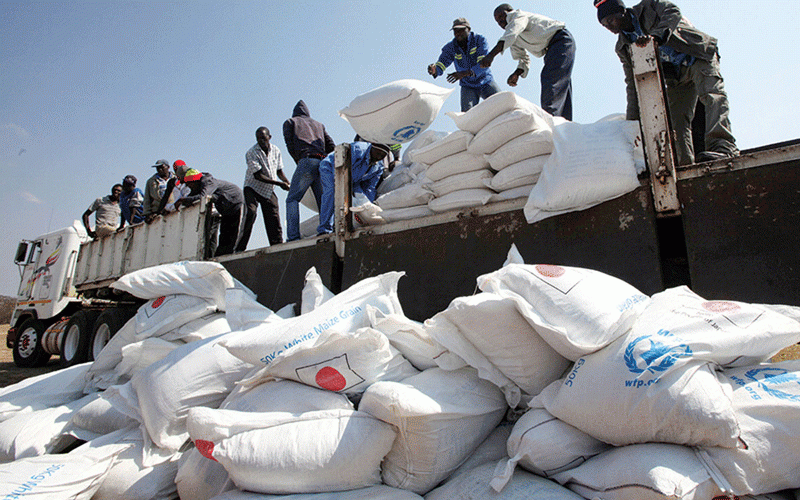
IN the next two weeks, the State of Food Security and Nutrition in the World report will be launched in Brazil. The report will highlight the state of hunger and nutrition globally and provide recommendations for addressing these. While the contents of this year’s report are yet to be released, it will be launched under the theme Financing to End Hunger, Food Insecurity and Malnutrition in All its Forms.
The contents of the report and the ensuing discussions will shed more light on the current levels and gaps in financing for food security and nutrition, providing envelope-pushing recommendations regarding innovative financing options to help address the major drivers of food insecurity and malnutrition and support agrifood system transformation. These are critical to achieving the Sustainable Development Goal of ending hunger.
The discussions, which will take place on the sidelines of the High-Level Political Forum of the Economic and Social Council, are expected to set the tone for further debate on addressing hunger given that while the world has made major strides in technology to improve food production, the number of people facing hunger and the scale of the hunger crisis is rapidly deteriorating. The cause of hunger is no longer just about lack of technology and natural factors but wars.
The launch of the report will come hard on the heels of a food security early warning report released in June this year warning that famine is looming in some parts of the world due to conflict while El Niño and La Niña-linked climate extremes are causing massive losses in food production. The threat of famine is looming in war countries than those facing extreme weather conditions such as drought.
According to the early warning report, acute food insecurity is set to increase in magnitude and severity in 18 hunger “hotspots”. It spotlights the urgent need for assistance to prevent famine in some conflicted-affected countries and further deterioration in devastating hunger crises in some countries. The report also warns of the lingering impact of El Niño and the looming threat of La Niña that risks bringing further climate extremes that could upend lives and livelihoods.
The same report notes that many hotspots face growing hunger crises and highlights the worrying multiplier effect that simultaneously and overlapping shocks are having on acute food insecurity. While conflict, climate extremes and economic shocks are lumped together as the major drivers of vulnerability to extreme hunger crises, it must be noted that countries facing wars are more on the precipice of famine than those facing extreme climatic shocks such as drought. This points to the need for peace and highlights the link between political instability and high levels of food insecurity.
The war in Ukraine, which escalated in February 2022, caused global food prices to spike thus pushing millions of people across the world into hunger and destitution. The war in the Middle East has left many people in the affected areas facing the threat of famine. These political situations are driving massive and severe hunger at a time when humanitarian funding is overstretched. Global economies are struggling to recover from the impact of COVID-19 as well as from the different domestic and international shocks.
While money and resources are critical to saving lives, the long-term solution to addressing global hunger lies in the political will to stop the wars and invest in sustainable food production systems while encouraging local communities to embrace climate change-friendly methods of livelihoods. It cannot be business as usual when climate changes are demanding that livelihoods adapt and change.
- Figtree earmarked for smart city status
- Zim's green buildings revolution in motion
- Letters: Govt must introduce social safety nets for unpaid care givers
- Transforming Education Summit — the global moment of truth
Keep Reading
The past half a decade has seen a massive escalation and intensity in wars. Millions of people have fled their homes and left their places of productivity due to conflict, violence, human rights violations and other preventable factors. As a result, the number of forcibly displaced persons reached unprecedented heights in 2024 where a staggering 120 million people have been uprooted from their places of productivity.
These may look like just numbers, but they represent a massive productive capacity that has been reduced to charity because of preventable causes. Economies have been lost where these people have fled which means even those who remained behind are now poorer in the absence of the displaced productive capacity. What this tells us is that where the bullet lands, it pushes some people from where they are more productive and it denies those who remain access to the local economic ecology thus rendering both the displaced and the remaining more vulnerable.
In a context where economic and employment opportunities in the host countries and communities are limited and resources to assist people who need help are overstretched, there is every justifiable reason to call for global peace and stability as the main and only effective solution to addressing the current challenges facing the world including hunger and malnutrition.









